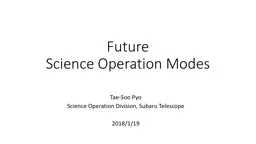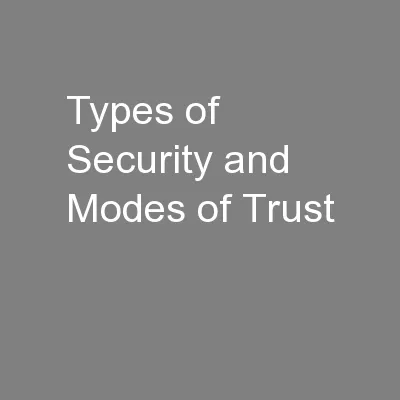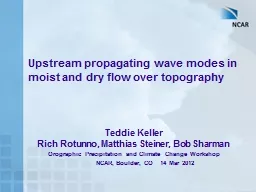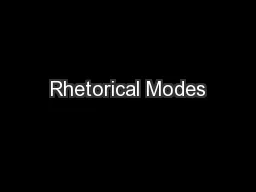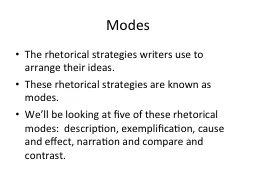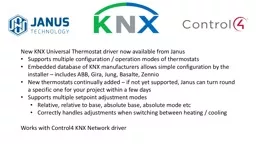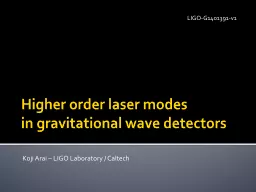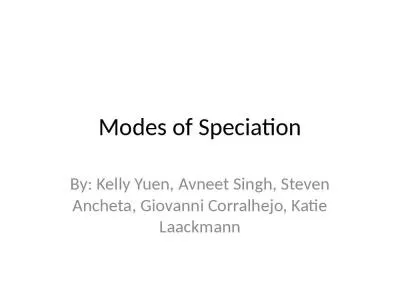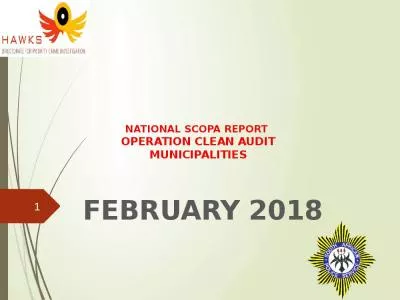PPT-Future Science Operation Modes
Author : calandra-battersby | Published Date : 2019-02-27
TaeSoo Pyo Science Operation Division Subaru Telescope 2018119 Background Current and near Future Significant reduction of operation budget from government Reconfiguration
Presentation Embed Code
Download Presentation
Download Presentation The PPT/PDF document "Future Science Operation Modes" is the property of its rightful owner. Permission is granted to download and print the materials on this website for personal, non-commercial use only, and to display it on your personal computer provided you do not modify the materials and that you retain all copyright notices contained in the materials. By downloading content from our website, you accept the terms of this agreement.
Future Science Operation Modes: Transcript
Download Rules Of Document
"Future Science Operation Modes"The content belongs to its owner. You may download and print it for personal use, without modification, and keep all copyright notices. By downloading, you agree to these terms.
Related Documents

